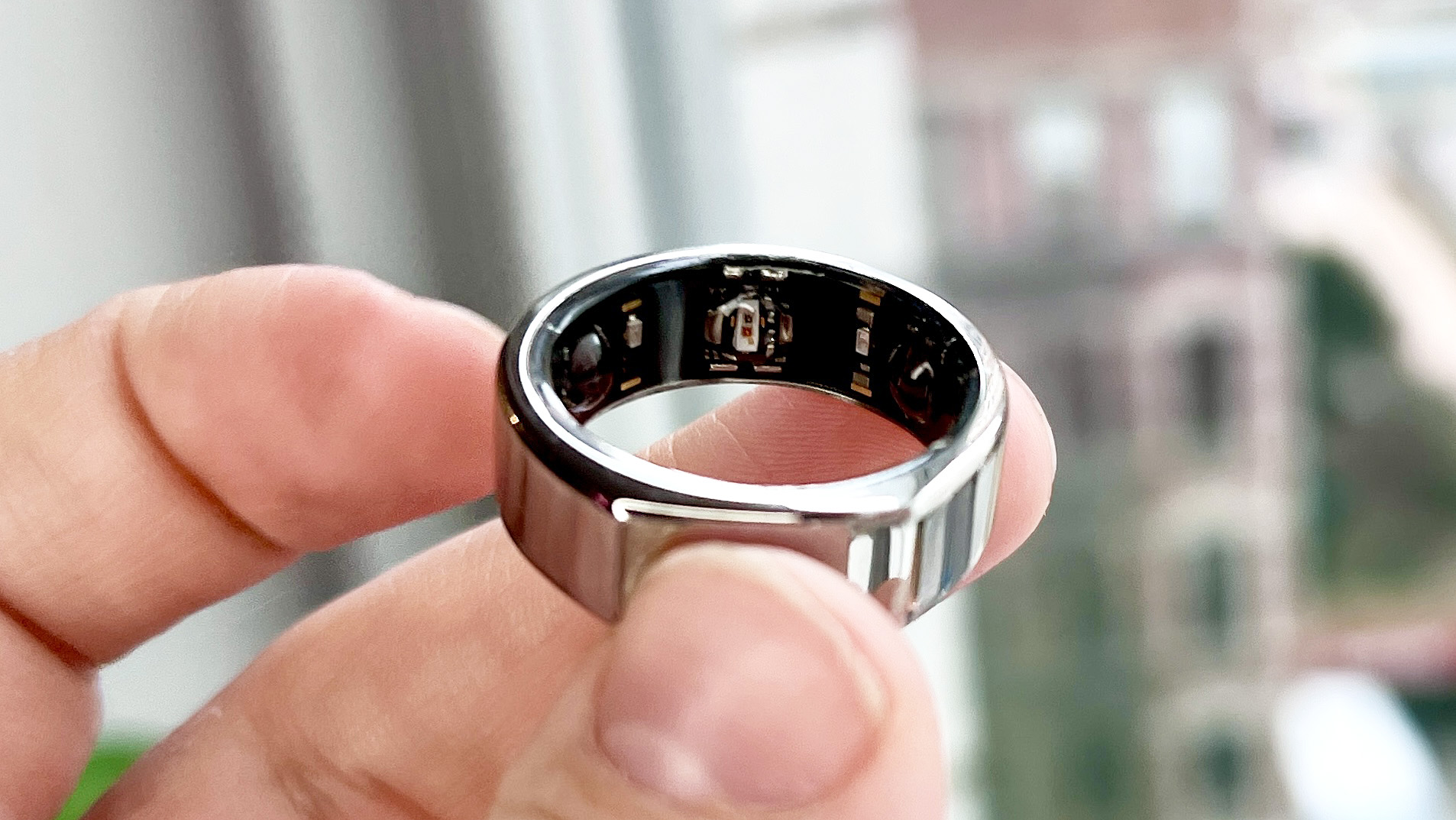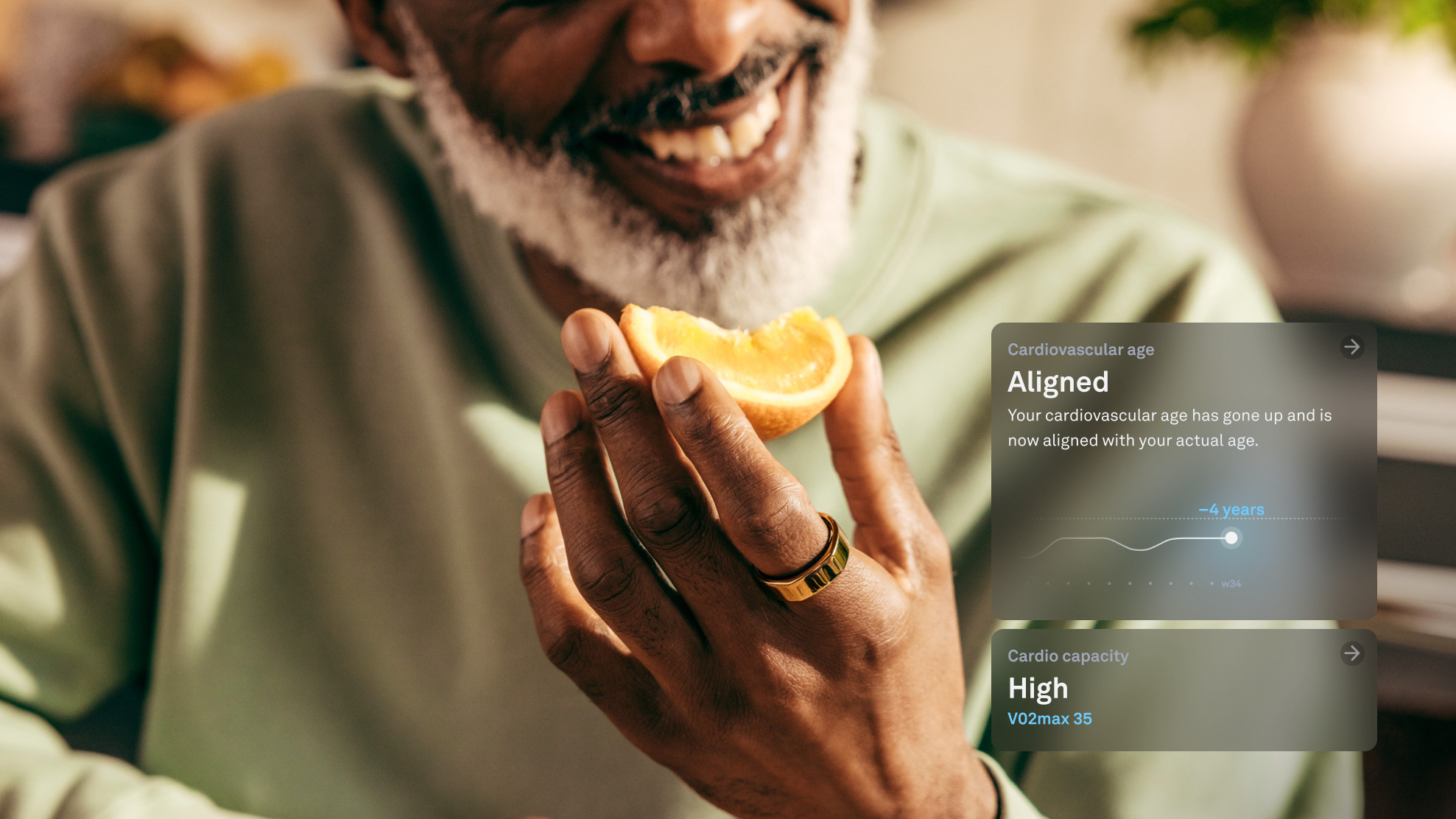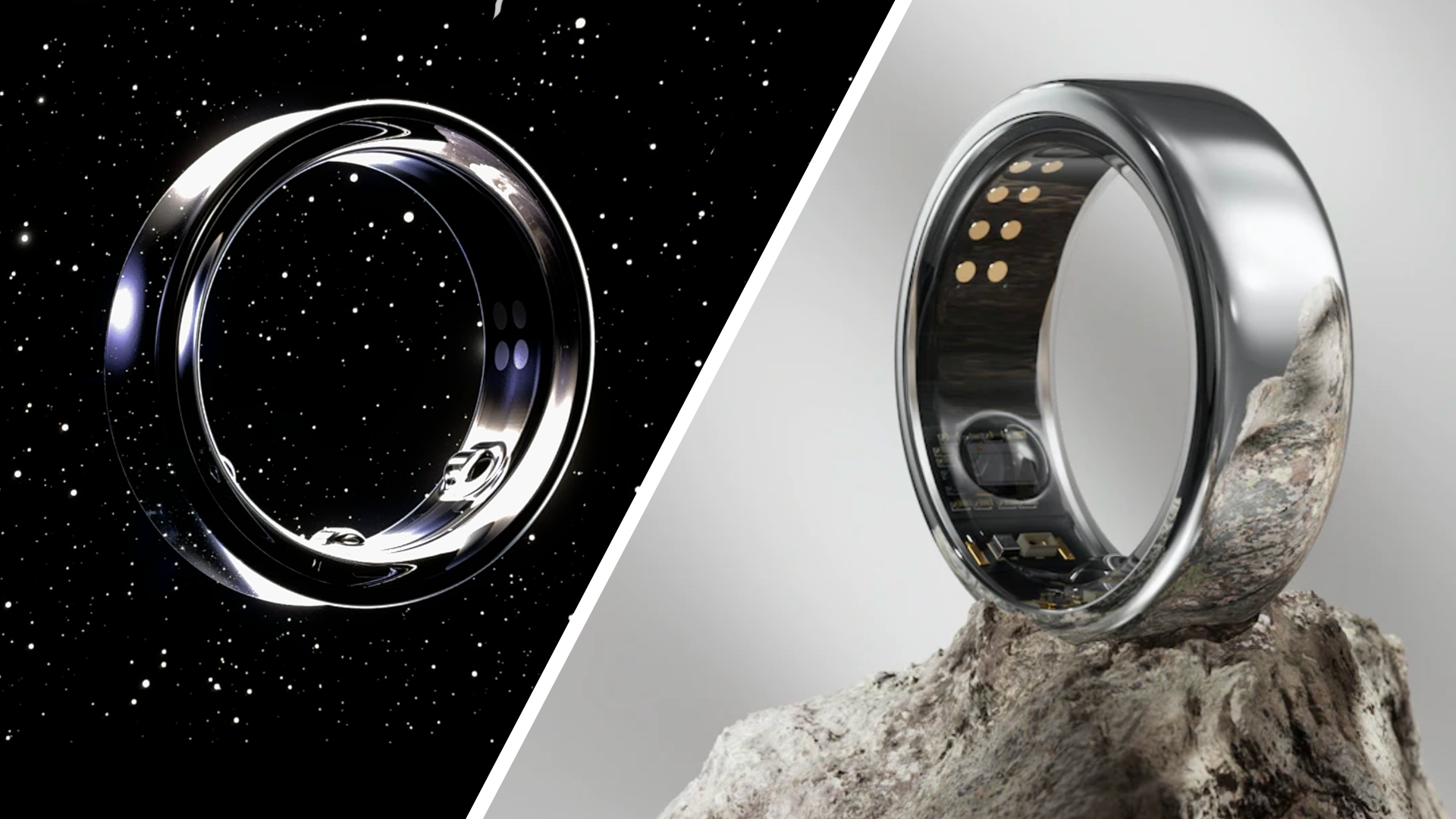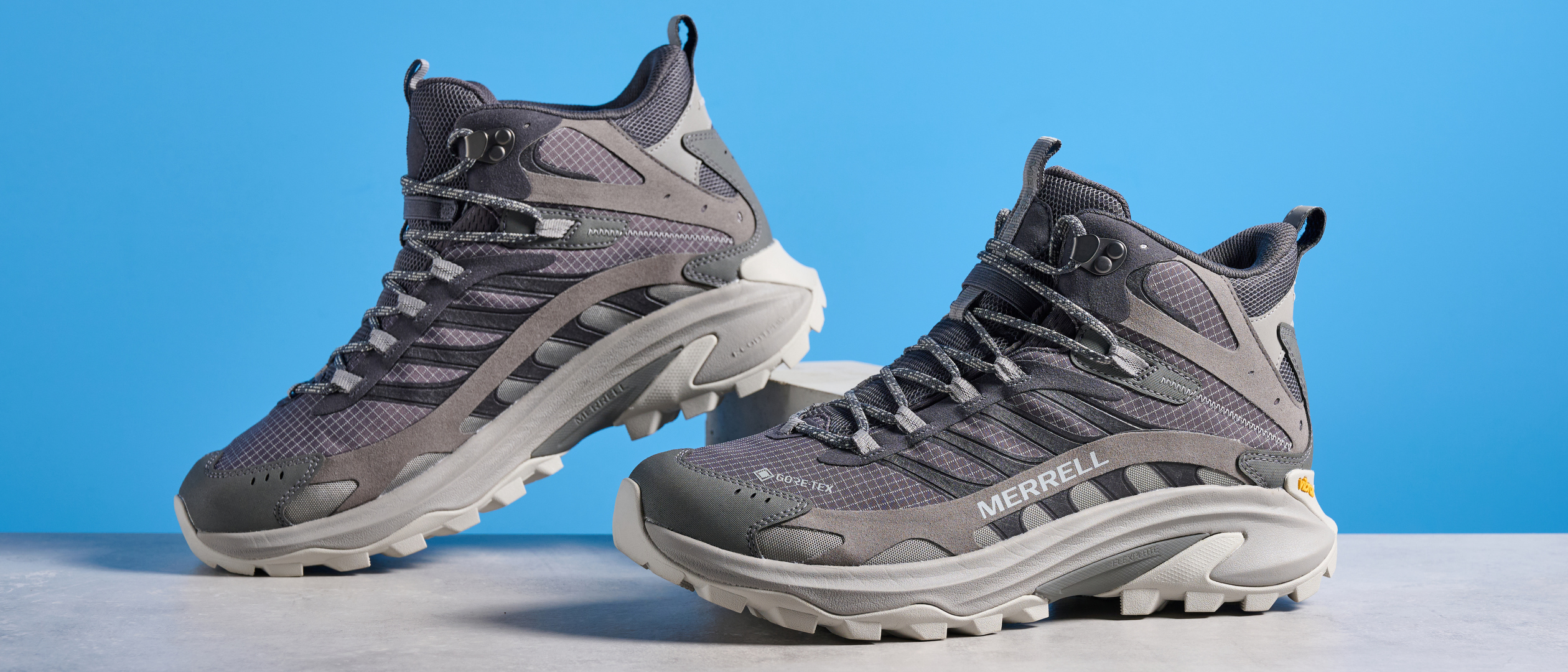Oura Ring just got two big health upgrades ahead of Samsung Galaxy Ring launch
A hearty update for the Oura Ring

The Oura Ring isn’t giving up any ground to Samsung’s upcoming Galaxy Ring without a fight. Last month the company announced its early bird Oura Labs hub and today it’s revealing two new heart-based health features are coming to its signature wearable.
Cardiovascular Age and Cardio Capacity are two new features that’ll roll out to all existing Oura Ring members (Oura charges a monthly subscription for users) towards the end of May 2024. As you might expect, the two features will work together to give users a clearer picture of their cardiovascular health.
The first gives wearers a “cardiovascular age” that may differ from their chronological age; as well as identifying any changes they could make so the first is lower than the second. It does this by using the optical blood sensor (technically called a photoplethysmograph) inside the ring to measure estimated arterial stiffness. Unsurprisingly, as you age fat, cholesterol, and other substances build up inside the walls of arteries. Called plaques, these make it harder for blood to flow around your body and can lead to things like hypertension. Which is not good.
Oura says the ring will collect 14 days' worth of data before showing wearers a cardiovascular age metric that indicates whether they’re trending below, above or in alignment (within 5 years) of their actual age. My guess is it won’t be recommending you go hard on the cheeseburgers anytime soon.
The Oura ring will collect 14 days' worth of data before showing wearers a cardiovascular age metric that indicates whether they’re trending below, above or in alignment (within 5 years) of their actual age.
Meanwhile, Cardio Capacity is a feature that reflects the body's efficiency in supplying oxygen to muscles during exercise. It serves as a benchmark for cardiovascular and respiratory system health and, generally speaking, correlates with better long-term heart and organ health. To use this feature, Oura subscribers will be prompted to take a walking test to establish a baseline VO2 Max (this is the maximum rate at which you utilize oxygen during exercise) to serve as the basis for your cardio capacity.

“Prioritising cardiovascular health is crucial for extending healthspan, as it supports physical vitality and resilience, and reduces the risk of chronic diseases,” said Dr. Shyamal Patel, senior vice president of science at Oura. “In partnership with board-certified cardiologists and scientists at research institutions like the Kuopio Research Institute of Exercise Medicine (KULTU) and the University of California, Los Angeles, along with Oura's medical advisory board, we have rigorously developed our science and algorithms to ensure these features deliver accurate insights for Oura's wide-ranging and diverse member base.
"We’re committed to continued investment and development in heart health and look forward to continued expansion in this critical area.”
Get instant access to breaking news, the hottest reviews, great deals and helpful tips.
Of the two features, I think the Cardiovascular Age will be the most interesting to users and give them an extra target to shoot for when trying to gamify their fitness journey.
A hearty lead

Oura is the de facto leader when it comes to smart rings right now, but the company is going to face a serious challenge in the coming months when Samsung’s Galaxy Ring enters the market, possibly following Galaxy Unpacked this summer.
The Galaxy Ring will be instantly appealing to anyone using any of the best Samsung phones and the South Korean tech giant certainly sees the ring as complimenting the health data already tracked by the likes of the Galaxy Watch 6. A report back in February claimed the Galaxy Ring will boast a sensor for “blood flow measurements” that will work in tandem with sleep tracking to gauge a wearer’s overall health.
The company is also rolling out My Vitality Score which is extremely similar to Oura’s Readiness Score, essentially an overall holistic picture at how your body is doing on a given day along with a suggestion to either take things a little bit easier or scale up as appropriate.
I’d expect a big push from Oura over the rest of this year on new features and designs (with even a possible Oura Ring 4 in the making) to keep itself in contention against the likes of Samsung and Amazfit. And a possible Apple Ring.
More from Tom's Guide

Jeff is UK Editor-in-Chief for Tom’s Guide looking after the day-to-day output of the site’s British contingent.
A tech journalist for over a decade, he’s travelled the world testing any gadget he can get his hands on. Jeff has a keen interest in fitness and wearables as well as the latest tablets and laptops.
A lapsed gamer, he fondly remembers the days when technical problems were solved by taking out the cartridge and blowing out the dust.
